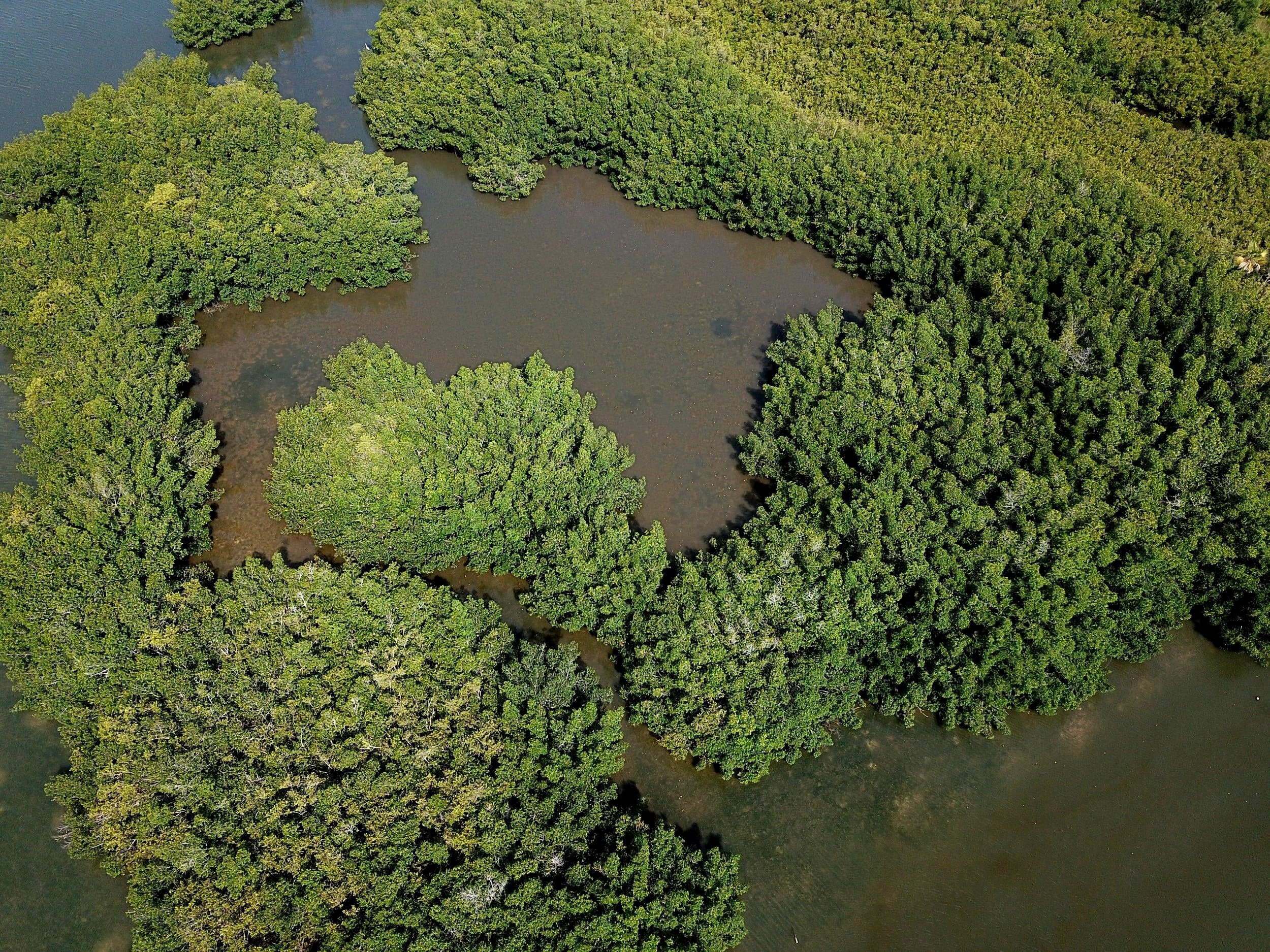
Wet Woodlands Research is a network of scientists and stakeholders interested in wet woodlands and their potential contribution for nature-based solutions for climate change. The aim of the network is to improve understanding of these unique ecosystems for policy and practice.
What are wet woodlands
Wet woodlands – also known as carr or swamp – are woodlands that are waterlogged for all or part of the year. They are found on floodplains, wetlands, by lakes and other damp areas of the landscape in small fragments or as large, dense woodlands. The waterlogged conditions and shallow roots of trees growing in wet woodlands creates a tangle of trunks, stems and branches, and lots of deadwood – a rich habitat for mosses, fungi, invertebrates and other species.
Why wet woodlands are important
Wet woodlands provide unique habitats, attenuate floods, reduce agricultural nutrient runoff, and store carbon. Some wet woodlands are also peat-forming, meaning they contain large below-ground carbon stores in addition to the carbon stored above-ground in the wood of the growing trees and in the deadwood. After centuries of clearance and conversion, wet woodlands are now one of the rarest types of woodland habitat in the UK and continental Europe, and little research has been done on these ecosystems. Understanding more about wet woodlands, how they function and their potential for carbon accumulation will help us improve decisions around land-use and afforestation for climate change mitigation.
Read more about wet woodlands
You can read more about peat-forming wet woodlands and the nature-based solutions they provide in this publication. It is co-written by experts in academia and UK Government as part of the Wet Woodland Research Network. The report highlights critical knowledge gaps in our understanding of peat-forming wet woodlands that, once addressed, could form the basis for their inclusion in net zero and land-use policies.
You can also check out our wet woodland video below made for World Wetlands Day by Wet Woodlands Research co-founder Scott Davidson.


